In case you’re wondering why your gas mileage is a bit lower than usual or why the steering is getting a little sluggish while driving or why the car seems a bit close to the ground surface, then there is a strong chance there is an issue with your tires.
Having the correct tire pressure is very important for any vehicle. It helps you get better mileage and gives you protection while driving on the road. Every car has a recommended tire pressure, which provides the best mileage, tire life and handling for the vehicle. In most cases, suitable tire pressure is written on the car’s door. Below we have put together the complete tire pressure guide to help to provide you the information you need to know.
In new cars, the recommended pressure for the tire is listed commonly on the door on the driver’s side. If there is nothing found on the door, then you can find it in the owner’s manual. In general, most cars have recommended pressure between 32 to 35 psi.
The easy way to check the pressure of your tires is by using an air pressure gauge or pressure monitoring system and then record the reading. If you hear any kind of hissing, then it means either the gauge is not tight enough, or the gauge angle needs adjustment. Using a tire pressure gauge will immediately let you know the psi of your tires. You can quickly check the recommended air pressure inside the door to see if your tires are properly inflated. There are many affordable tire pressure monitors on Amazon & Walmart.
You can find the right pressure for your tire on the sidewall of your tire below the manufacturer’s label. You might see “Maximum Pressure 35 pounds per square inch”. This number indicates how much inflation pressures your tires can carry at max.
However, it is often recommended not to fill up the tires to the max because it can decrease the life of your car’s tires, and it can also jeopardize the handling. If the breaking threshold is increased which the tire pressure is at max, accidents could also take place.
If the breaking threshold is increased which the tire pressure is at max, accidents could also take place.
Over-inflated tires can be both dangerous for your safety and also damaging for your car. This usually happens when people are distracted while they are filling up on tires. Maybe a friend of yours might have told you that it increases your car’s mileage. Here are some of the things that can happen with over-inflating the tires.
There are several safety issues that can take place with over inflation, the biggest issue being a blowout of tires. You can also lose control of the car, breaking distance can increase, etc.
Overinflated tires can sometimes be more vulnerable to damage like overfilled balloons, which can easily pop when at maximum capacity. The reason being that inflated tires are inflexible and stiff, which makes them susceptible to pothole damage, debris, and curbs.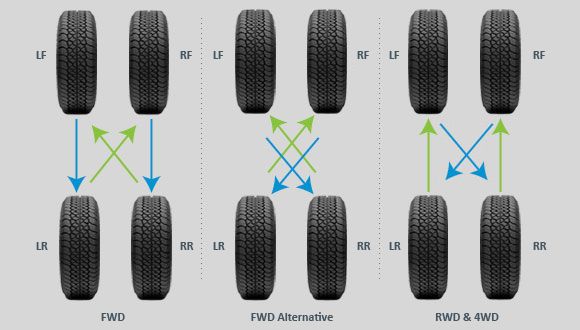 The passenger and the driver will also feel every single bump along the way making the ride unbearable. We recommend using proper tire inflation.
The passenger and the driver will also feel every single bump along the way making the ride unbearable. We recommend using proper tire inflation.
As far as the safety protocols are concerned, the majority of the people consider underinflation worse than over inflation. However, there is no denying that both conditions offer their own significant issues.
An underinflated tire can cause a reduction in stability, lousy control, and poor handling of the vehicle. It can also cause a decrease in fuel economy and can even cause premature or uneven wear of the tire.
Underinflated tires are worse because it allows the tire to get heated far quicker, which eventually causes blowout of the tire.
Overinflated tires also have its own issues such as it can wear out the center of the tire faster and makes the tire lose its flexibility.
Most automobile companies have recommended that tire pressures need to be checked at least once a month.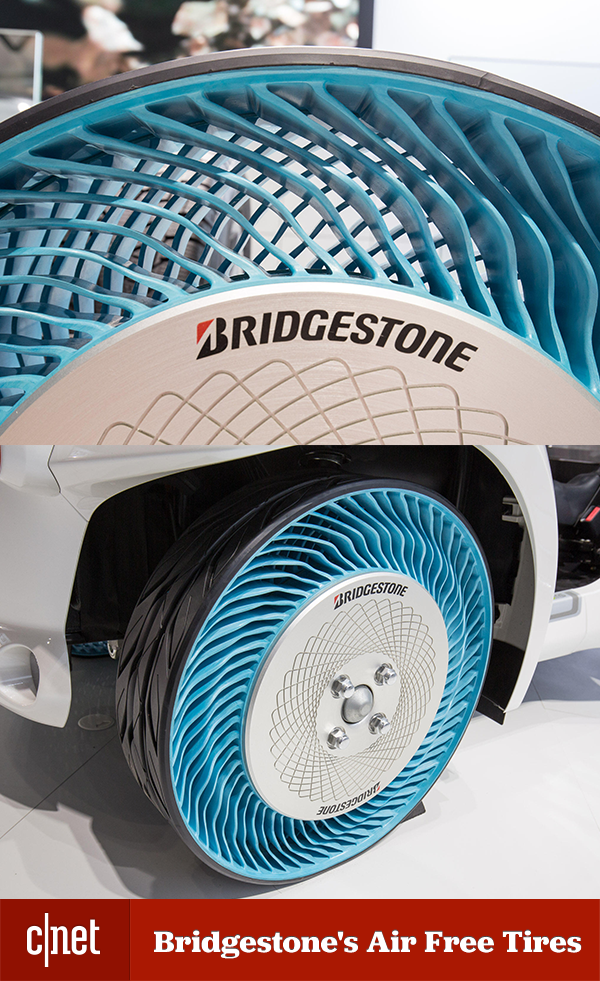 Tires often seep a small portion of gas outside, and that is why it is possible that the pressure will reduce with time. We recommend checking your vehicle’s tires twice a month during the winter months.
Tires often seep a small portion of gas outside, and that is why it is possible that the pressure will reduce with time. We recommend checking your vehicle’s tires twice a month during the winter months.
Let’s make it simple for you. You don’t need to change your tire pressure every time there is a change in temperature outside. However, you might want to add more air when it gets cold outside. There is a simple key to it, keep the tires at a suitable pressure (recommended).
It is often recommended to deflate the tires when it’s hot outside because hot air outside can cause the air inside of the tire to expand, which can cause the tire to blowout. So, it is possible that you added air pressure of around 35 psi and it summers it went up to 40 psi.
Despite the recommended tire pressure being 32-35psi by several car manufacturers, weather and climate play a crucial role in determining the right pressure for the tire. Several tire manufacturers have suggested that in winters, the tire pressure should be at least 3-5psi higher than the ones recommended for summers.
Several tire manufacturers have suggested that in winters, the tire pressure should be at least 3-5psi higher than the ones recommended for summers.
The reason behind this is because, in winter, the air inside the tire gets contracted which decreases the air pressure up to 5 psi.
Cold weather can cause your tire to lose to get dangerously underinflate. In the fall, cold weather or winters can significantly lower the air pressure in the tire. The process is called air contractions, and it can cause an annoying tire light.
We hope the article helped you somewhat when it comes to tire pressure. Want to get free air, then visit freeairpump.com. No matter if your tires are underinflated or overinflated, get a free visit and enhance your driving safety experience and save some money on your gas tank. If you are looking for a used car check out our inventory at 500 Below Cars.
We all know that routine maintenance is important for everything from our computers to our cars. But sometimes, we fall short. One of the most neglected routine car maintenance tasks is to check tire pressures and inflate them as necessary. That’s why newer cars have tire pressure warning lights, or tire pressure monitoring systems (TPMS), that let you know when you have under- or over-inflated tires (when any tire is 25% underinflated).
But sometimes, we fall short. One of the most neglected routine car maintenance tasks is to check tire pressures and inflate them as necessary. That’s why newer cars have tire pressure warning lights, or tire pressure monitoring systems (TPMS), that let you know when you have under- or over-inflated tires (when any tire is 25% underinflated).
Older vehicles don’t have this useful warning light. So, don’t wait for a rupture to check or change a tire. Use this guide to learn how to check the pressure (PSI) of your vehicle tires and how to inflate them to the proper air level.
Why should you check your tire pressure?The number one reason why you should periodically check your tire pressure is SAFETY, but there are monetary and handling reasons as well:
Proper tire pressure (as recommended by the manufacturer) is needed to drive safely and efficiently. According to a 2009 report by the National Highway Traffic Safety Administration:
According to a 2009 report by the National Highway Traffic Safety Administration:
“…about 28% of light vehicles on our Nation’s roadways run with at least one underinflated tire. Only a few psi difference from vehicle manufacturer’s recommended tire inflation pressure can affect a vehicle’s handling and stopping distance. Poor tire maintenance can increase incidences of blowouts and tread separations. Similarly, underinflation negatively affects fuel economy.”
When your tires are underinflated, the tires get fatter, increasing their surface area. This causes high heat generation and extra resistance that could result in higher fuel costs, blown out tires, tire wear, and loss of control.
If you feel like you’re spending too much at the gas pump, it might be your tires. According to the US Department of Energy:
“You can improve your gas mileage by 0.6% on average—up to 3% in some cases—by keeping your tires inflated to the proper pressure.
Under-inflated tires can lower gas mileage by about 0.2% for every 1 psi drop in the average pressure of all tires.”
In addition to safety and fiscal concerns, keeping your tires properly inflated will also reduce your impact on the environment. When your tires are properly inflated, you’ll pay less for gas, replace your tires less often, and improve your handling and stopping distance. You’ll also feel better knowing that you are emitting less carbon dioxide and other harmful substances into the atmosphere.
What is the right PSI level?PSI stands for pounds per square inch. The recommended PSI for your vehicle’s tires is determined by the vehicle’s manufacturer and the recommended tire size.
One big question that we get is whether you should follow the recommended PSI level on the tire itself or the recommended PSI level printed in your owner’s manual or on the placard inside of door edge, glove box door, or fuel door.
Do NOT use the max PSI that is printed on the tire sidewall. This is not the recommended PSI level. The pressure amount on the tire is normally the maximum allowed pressure. The correct PSI level is almost always less than what you see printed on the side of the tire. Over-inflation can lead to poor handling and comfort, overheating and blow outs. Over 40 PSI is a dangerous level for most vehicles!
Make sure you always use the recommended PSI as provided in your owner’s manual and don’t go any more than 5 PSI over the recommended level. You should make sure, however, that your tires are appropriate for your vehicle. You can do this by checking the car’s owner’s manual or the placard that is on the inside of the driver-side door, glove box, or fuel door.
Most car tire pressure recommendations range from 30-35 PSI.
How often should I check tire pressure?A question in many minds is when is the appropriate time and frequency for checking and inflating vehicle tires.
A quick google search will reveal a variety of different opinions and suggestions. Some say that you should check your tire pressure every 2nd visit to the gasoline station, while others say once every 3-6 months is OK.
Most tire and vehicle manufacturers, on the other hand, will say that you should check your tire pressure at least once every month, or every second trip to the gas pump. Your tires will lose around 1 PSI each for every month that goes by.
Unfortunately, not one answer will fit every situation. There are several factors that influence how often you should check your tire pressure, including:
Did you know that for every 10°-drop in temperature, you lose 1 pound of pressure?
If you have a leaky valve or a small puncture, you will lose air pressure much more quickly. This is one more reason why you should frequently check the tire pressure on all of your tires.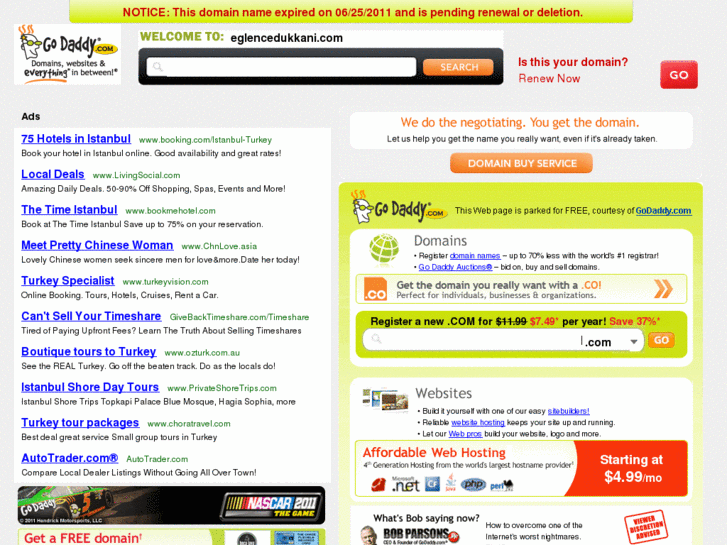
Since tire pressure constantly fluctuates, it’s important to check it periodically (at least once a month) and add air as necessary.
How to Check Tire PressureFinding out the tire pressure of your tires is incredibly easy. All you need is a pressure gauge (click here for additional items you should have in your vehicle).
Just make sure that you are checking your tires when they are relatively cold. If you check your tire pressure after a long drive, you will get an inaccurate reading since heat will temporarily increase the tire pressure reading.
Unfortunately, not all pressures gauges are created equal. Some are better than others. We recommend shelling out a couple extra bucks for a digital reader. The pop-up, stick-type versions are notoriously inconsistent and unreliable. A reliable gauge will be well worth the investment. Prices range from about $5 for the stick-type and about $30 for the digital and dial-type pressure gauges.
You can also check your tire pressure at most gas stations or auto repair shops. Discount Tire offers free tire pressure checks and inflation.
Here are the steps for checking your tire pressure: Check the tire pressure again. Release more air if necessary. If you release too much air, you can always add some air back.
Check the tire pressure again. Release more air if necessary. If you release too much air, you can always add some air back.It should only take you a couple minutes to check the air pressure of your vehicle’s tires. As soon as you restore tire pressure to the recommended levels, you’ll start experiencing the safety and savings that come with this regular maintenance task.
Watch this video for more information on how to check your tire pressure:
How to Inflate TiresHere are the steps for adding air to your tires:
 Instead, go to your local gas station that has a coin-operated air pump (ask the attendant if you can’t find it). You can also purchase your own automatic air compressor, but it will cost you around $50-$150.
Instead, go to your local gas station that has a coin-operated air pump (ask the attendant if you can’t find it). You can also purchase your own automatic air compressor, but it will cost you around $50-$150.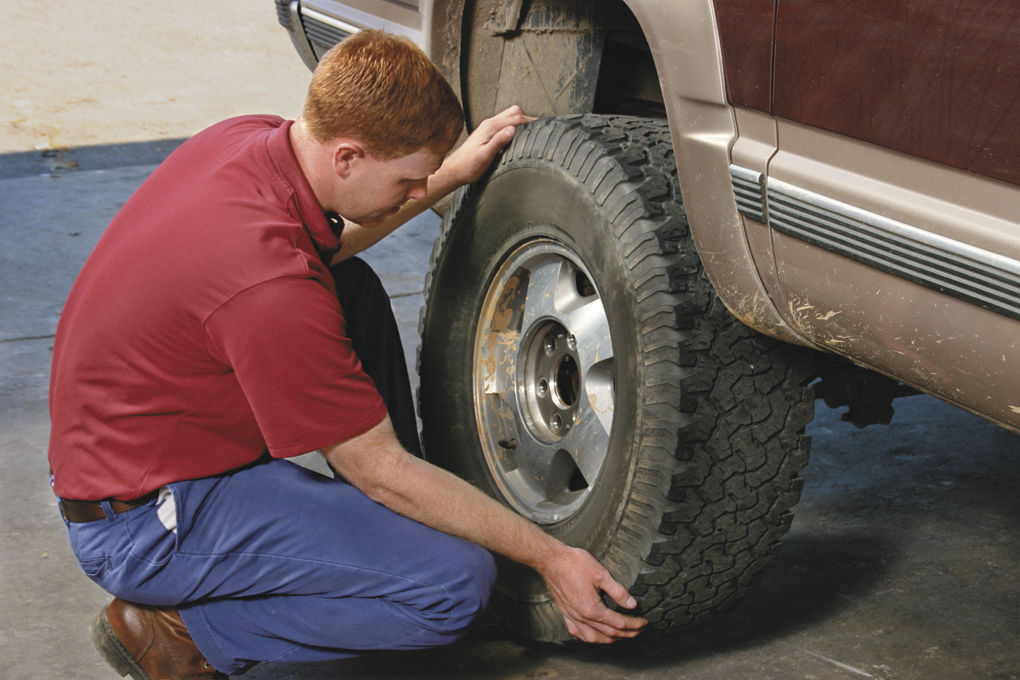 Hold it firmly against the valve as you listen to the air filling the tire.
Hold it firmly against the valve as you listen to the air filling the tire.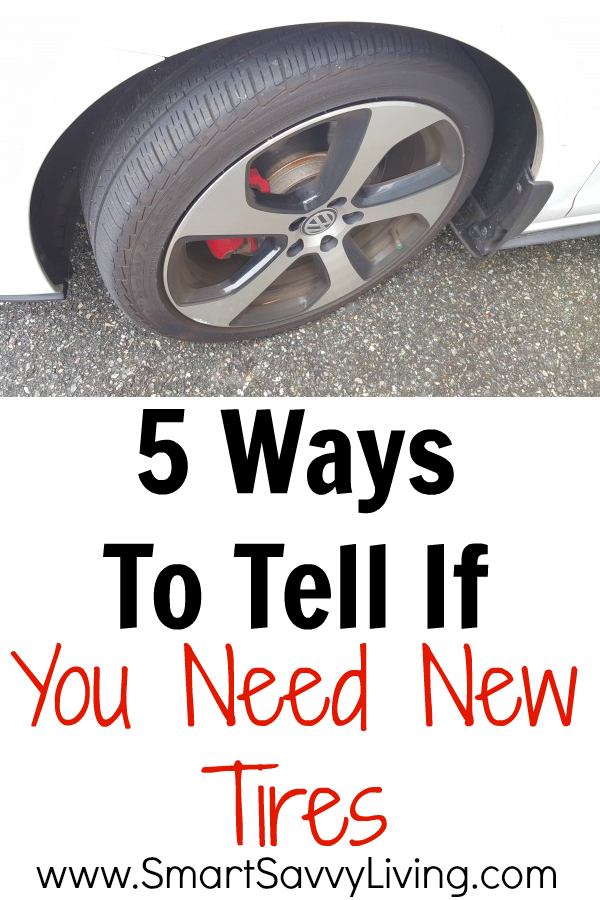 You’ll want to screw them back on now.
You’ll want to screw them back on now.Remember, just one drop in PSI can lower your gas mileage by about 0.2%. For every 3-4 PSI units that your tire is underinflated, you are burning around 1% more fuel.
If your tires are flat, then you probably have a leak. Add air and see if you can drive around without the pressure dropping. If you hear air escaping the tire while you are filling up, then it’s time to replace the tire.
Tip: Learn how to use the air pump properly first. Some automatic air pumps at gas stations have a handle/switch that you need to depress in order for the air to flow. When you let go of the handle, a tire pressure gauge will pop out showing you the tire pressure. At the same time, air will be slowly released. If your air pump has this kind of handle, then you will want to hold down the handle for most of the time, periodically releasing it to check the pressure reading. Consult your own tire pressure gauge for accuracy.
When should I replace my tires?If you check your tire pressure at least once a month as recommended, you’ll also get a good idea of the general condition of your tires and when you should replace them.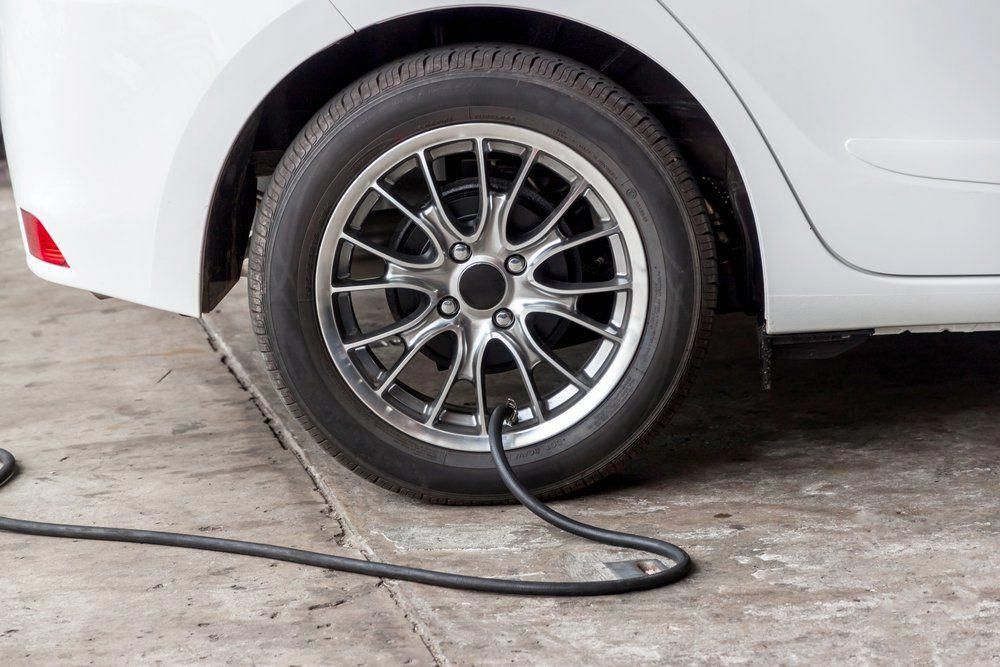
We recommend using the penny test:
Source: bridgestonetire.com
Click here for more car maintenance tips. Click here for car winterization tips.
Auto Simple wants you to find a vehicle you love at a price you can afford. We carry a large selection of hand-picked, Certified Pre-Owned vehicles, all with a 6 month/6,000-mile Powertrain Warranty.
If you have any questions, don’t hesitate to speak with one of our Online Specialists or give us a call:
Chattanooga, TN – (423) 551-3600
Cleveland, TN – (423) 476-4600
Dayton, TN – (423) 775-4600
Dalton, GA – (706) 217-CARS (2277)
Follow us on social media for more useful information on buying, selling, and maintaining vehicles: Facebook, Twitter, Youtube, and Google+.
Consumer disputes over the age of tires have not subsided for several seasons. Buyers are excited that the warranty period for tires is limited to 5-6 years according to GOST, and after the expiration of this period, the rubber becomes unusable.
Is this really the case, read this article.
Manufacturers of most brands on their products set Shelf life is 5 years and service life is also 5 years .
The shelf life of a tire is the period during which it retains its performance when properly stored.
The end of this period does not mean that the tires have become unusable . A shelf life of 5 years is given by manufacturers because, by law, they cannot set a shelf life higher than the service life. Tires over 5 years of storage cannot be called damaged or defective, their technical characteristics may be slightly reduced. American researchers argue that the period of storage of "shoes" must be at least 10 years. Experts from Germany are sure that it cannot exceed 6 years.
American researchers argue that the period of storage of "shoes" must be at least 10 years. Experts from Germany are sure that it cannot exceed 6 years.
The expiration date of tires is the warranty period during which the manufacturer is responsible for the quality and condition of the tire if it was used for its intended purpose without violating the operating rules.
According to Russian legislation (GOST 5513, GOST 4754-97) , the service life of tires is 5 years from the date of manufacture.
How can I find out the date of manufacture of tires?
You can find out the age of tires by a special DOT code. Tires manufactured after 2000 in the DOT code contain two pairs of numbers, where the first pair indicates the week number of the year, and the second pair indicates the year. Earlier tires before 2000 have 3 numbers in their composition, where the first two digits are the week number, and the last one is the year (see the transcript in the photo).
Determination of the average shelf life of a tire according to GOST and operating conditions.
- The symbol ZR denotes tires for high-speed cars. They are recommended to be used at speeds over 240 km/h. up to 6 years
- Tires with the H symbol are used at a maximum speed of 210 km/h. within 5 years.
- The sign S symbolizes the maximum permissible speed of 180 km/h. and operational period of 4-5 years.
Most tire manufacturers do not agree that tire life is limited to 5 years. Each company has its own opinion on this matter. We analyzed several of them and the information they posted on their official websites.
Michelin
The French tire manufacturer Michelin has become famous for its active fight against the perception of the rapid aging of tires as a perishable product. Her information campaign "Tires Are Not Bananas" created a lot of noise in the automotive environment. According to the representative office, several test trials were carried out in Saudi Arabia, South Korea and Germany. As a result of testing, no difference was found between new tires and tires stored for 3 years. They were tested for various characteristics such as rolling resistance, high speed durability, etc. Tires with a year life were approximately equal in performance to 10-year unused tyres.
According to the representative office, several test trials were carried out in Saudi Arabia, South Korea and Germany. As a result of testing, no difference was found between new tires and tires stored for 3 years. They were tested for various characteristics such as rolling resistance, high speed durability, etc. Tires with a year life were approximately equal in performance to 10-year unused tyres.
Michelin focuses the attention of car owners on the fact that tires are not a perishable product, their shelf life is not as important as the service life is important, starting from the date the tires are installed on the rims. It is from this moment that the tire is subjected to all tests: pressure, temperature changes, wear, contact with uneven and sharp coatings, etc.
Continental
On the Russian official website of Continental, we found the following information on the expiration dates of tires.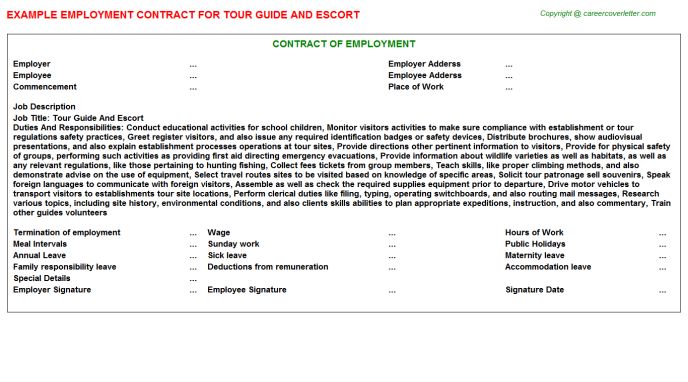
“When a tire is stored in the correct position and under the recommended conditions, it will not lose its original balanced performance for 5 years from the date of manufacture of the tire.
A properly maintained, unused tire less than 5 years old can be sold as a new tire and used normally.
Continental recommends replacing all tires (including spares) with a sidewall date greater than 10 years.
Nokian
The following information is posted on the Nokian official website:
“Tire life is not defined by law, but tires can only be considered “new” if they have been manufactured within the last five years. The recommended service life of tires is six years and the recommended maximum period is 10 years.
The opinion of our specialists, based on many years of experience, coincides with the opinion of manufacturers: the shelf life is 5 years + the service life is up to 10 years. Moreover, more "adult" tires, in our opinion, are of better quality.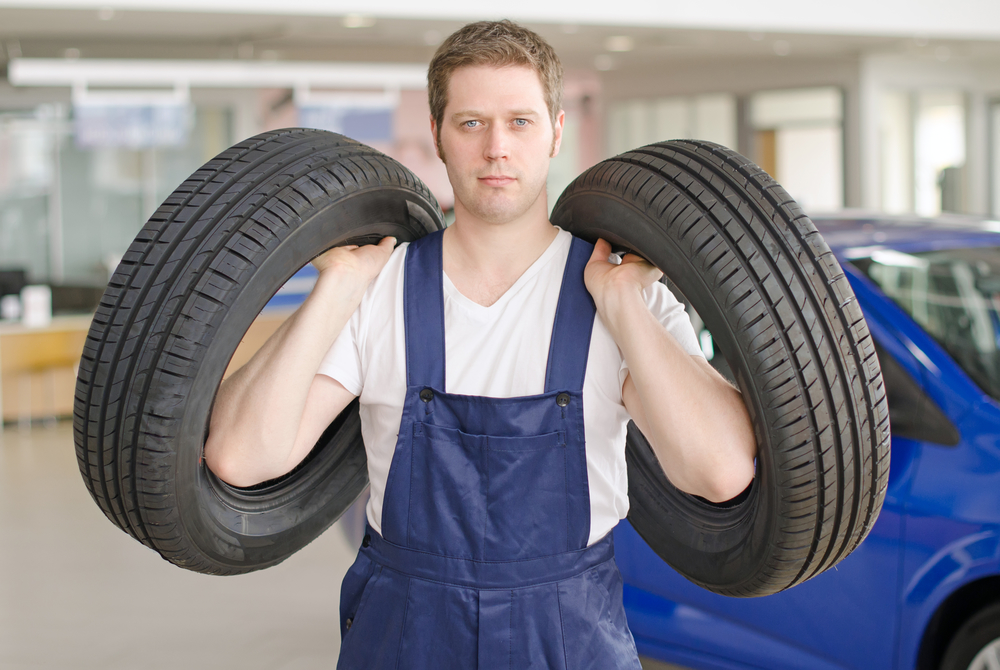
To keep tires as long as possible, they are stored in compliance with all rules and recommendations. The main condition is a cool, ventilated, darkened room away from oils, paints, ozone, and heat sources.
Rubber products tend to lose their performance over the years. To prevent and slow down this process, manufacturers add polymers to the rubber compound. They prevent oxidative processes that occur due to the interaction of protectors with oxygen and ozone.
The following are the main conditions for the proper storage of tires in accordance with GOST 24779-81:
Maintaining a constant regime without sudden jumps, slight temperature fluctuations from -30°С to +35°С are allowed;
Provide a low humidity level of 50-80% in a dry, ventilated cool room;
Avoid direct sunlight, use darkened hangars, shield heat sources;
Keep away from sources of heat;
Tires should not come into contact with corrosive, copper materials.
Avoid kinking, loading or positioning on an uneven surface.
Avoid contact with oils, organic solvents, acids, alkalis, fuels and lubricants on the tire surface. It is forbidden to lay tires on a wet and dirty surface.
In the warm season, when storing tires outside, they should be covered with light-tight material and raised above ground level to ensure ventilation and prevent the occurrence of the greenhouse effect.
Storage on reflective, light and heat absorbing surfaces is prohibited.
Keep away from chemicals, oils, paints, open flames, electric motors that produce ozone.
Used tires must be washed and dried.
Tires without rims should be stored upright.
The service life depends on many factors: the load on the car, the quality of the roads, the driving style, the distance traveled, tire damage, etc. To increase their service life, follow these rules:
To increase their service life, follow these rules:
Check tire pressure every 2-3 weeks. With reduced pressure, tire wear increases by the equivalent of a % reduction. For example, a 15% reduction in pressure can result in a 15% reduction in service life. Inflated tires are less scary.
The wear of the front tires is always significantly higher than the rear ones, so it is recommended to swap them after some time, carefully watching the direction of the tread pattern and the direction of rotation.
Proper alignment of tires in relation to rims. If the direction is not the same, then performance is significantly reduced.
To prevent damage to the sidewalls of tires, avoid close proximity to curbs and high ledges.
Wash off dirt from the surface of the rubber and from deep grooves with special cleaning agents.
Adhere to an even driving style without harsh brakes and quick starts.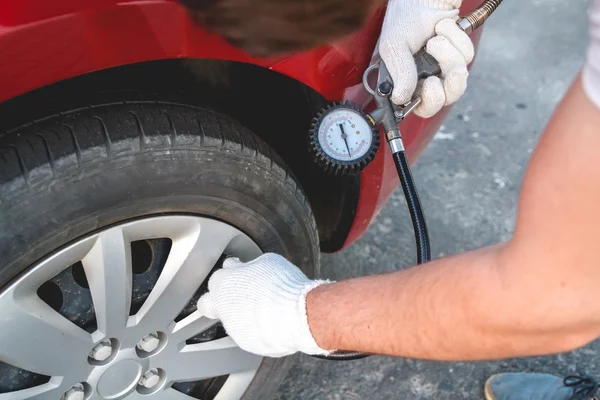
Do not overload the car beyond the norm. 20% excess weight leads to a 30% loss of tire life.
Keep the wheels balanced and check the alignment angles annually.
The main condition for a long tire life is:
- high quality products,
- careful operation,
- proper storage of tires in the off-season,
- timely diagnosis.
The age of tires in standard storage is a minor non-determining factor that should not be taken into account when buying them.
Previous article Next article
https://ria.ru/20180118/1512786049.html
A slippery question: what is better for winter - studded or non-studded tires?
A slippery question: what is better for winter - studded or non-studded tires? - RIA Novosti, 03.03.2020
A slippery question: what is better for winter - studded or non-studded tires?
Winter in Russia always comes unexpectedly: in some regions for a couple of months, in others for half a year or even more.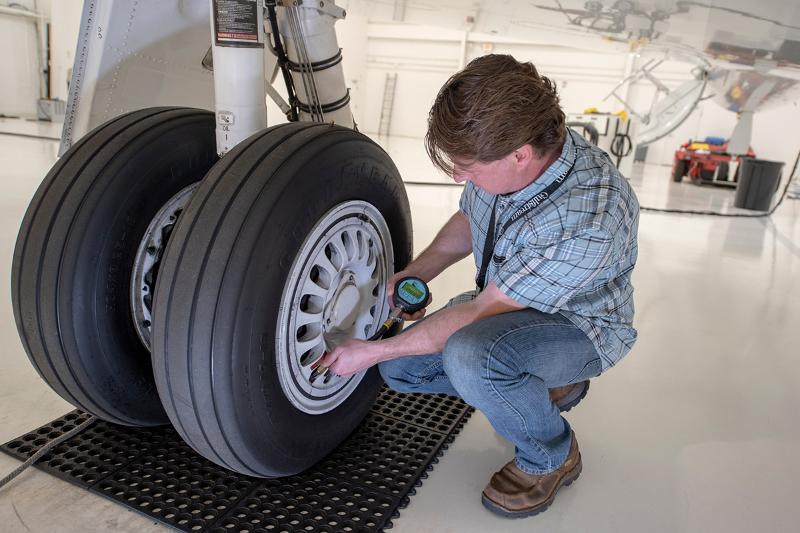 This season in the central regions of the country RIA Novosti, 01/18/2018
This season in the central regions of the country RIA Novosti, 01/18/2018
2018-01-18T08:00
2018-01-18T08:00
2020-03-03T09:05
/html/head/meta[@name='og:title']/@content
https://cdnn21.img.ria.ru/images/sharing/article/1512786049.jpg?15127838331583215528
russia
RIA News
1
5
4.7
96
7 495 645-6601
Rossiya Segodnya
https: //xn---c1acbl2abdlkab1og.xn--p1ai/Awards/
2018
RIA Novosti
1
5
4.7
9000 9000
Internet-gruan.ru
49000 7 645-6601
FSUE MIA Rossiya Segodnya
https://xn--c1acbl2abdlkab1og.xn--p1ai/awards/
News
ru-RU
https://ria.ru/docs/about /copyright.html
https://xn--c1acbl2abdlkab1og.xn--p1ai/
RIA Novosti
1,000 .xn-p1ai/ awards/
RIA Novosti
1
5
4. 7
7
9000
7 495 645-6601
FSUE MIA "Russia Today"
2222 https://xn--c1acbl2abdlkab1og.xn--p1ai/awards/
RIA Novosti
1,000 .xn--p1ai/awards/
auto, russia
auto, Russia
MOSCOW, January 18 — RIA Novosti, Sergey Belousov. Winter in Russia always comes unexpectedly: in some regions for a couple of months, in others for six months or even more. This season, in the central regions of the country, almost no snow was seen until the New Year. Each motorist has already decided for himself which tires will best ensure his safety: studded or non-studded. RIA Novosti, together with tire industry experts, found out what is preferable in certain situations and how to behave on Russian roads when driving a car with one or another type of winter tires.
December 24, 2017, 08:00
Total swindle: why pneumatic tires will end up in a landfill Why all pneumatic tires will soon end up in a landfill
opted for studded tires. In October last year, only about 15 percent of service users were interested in Velcro (as non-studded tires are commonly called), in November, demand grew by only a couple of percent.
In October last year, only about 15 percent of service users were interested in Velcro (as non-studded tires are commonly called), in November, demand grew by only a couple of percent.
Studded are most popular in the Saratov and Smolensk regions, as well as in the Republic of Tatarstan (from 83 to 88 percent). Velcro attracts car owners from the Stavropol, Khabarovsk, Primorsky and Krasnodar Territories, as well as the Kaliningrad Region: there the share of studded tires did not exceed 14-30 percent of the total number of requests.
Everyone knows that studded tires are indispensable in small towns: snow is rarely or poorly removed there, densely packed snow crust is often formed, as well as ice. Numerous independent tire tests show that in these conditions the use of studs is justified, the braking distance of cars "shod" in them becomes significantly shorter.
Michael Zickfeld, Continental's Technical Customer Service Specialist, also recommends studded tires in the Russian metropolitan areas of Moscow and St. Petersburg. According to the expert, in both capitals, snow often melts on roads treated with reagents, and freezes again in the morning, turning into ice. If we add snowfall to this, then it is difficult to imagine a more dangerous situation: the advantage in this situation is on the side of cars with studded tires.
Petersburg. According to the expert, in both capitals, snow often melts on roads treated with reagents, and freezes again in the morning, turning into ice. If we add snowfall to this, then it is difficult to imagine a more dangerous situation: the advantage in this situation is on the side of cars with studded tires.
“In 2004, the use of studded tires was banned in Norway for one season,” says Michael Zikfeld. “The number of accidents increased several times, especially in small towns, which occurred mainly at intersections with traffic lights. removed."
A Pirelli technician reminds you that studded tires are designed mainly for northern countries and are prohibited in most European countries. In Russia, such tires will ensure safety in most cities.
December 28, 2017, 08:00
Shattered to smithereens? Ten myths about winter driving
Studless tires are sometimes referred to as friction tires, from the Latin word frictio - friction. Pirelli specialists say that this concept is philistine. The principle of operation of all tires is friction, friction with the road surface. Modern companies offer a wide selection of rubber in their product lines, but you need to be able to distinguish between them. For example, there are so-called mild European winter tires designed for moderate winter temperatures and handling predominantly snow or wet surfaces. Others, just friction ones, are designed for harsh winters. There are also tires for southern regions (mainly European). They are usually called "all seasons", and they are not adapted for Russian winters, do not provide the proper level of safety, although in the summer they can be used, for example, for off-road driving.
Pirelli specialists say that this concept is philistine. The principle of operation of all tires is friction, friction with the road surface. Modern companies offer a wide selection of rubber in their product lines, but you need to be able to distinguish between them. For example, there are so-called mild European winter tires designed for moderate winter temperatures and handling predominantly snow or wet surfaces. Others, just friction ones, are designed for harsh winters. There are also tires for southern regions (mainly European). They are usually called "all seasons", and they are not adapted for Russian winters, do not provide the proper level of safety, although in the summer they can be used, for example, for off-road driving.
© Photo: courtesy of Continental Winter road
© Photo: courtesy of Continental
season in Russian latitudes. "One of the valuable benefits of non-studded tires is acoustic comfort," Pirelli notes.
December 26, 2017, 08:00
Try to steal: five simple life hacks that will keep your car from being stolen
Michael Zickfeld from Continental explains how to distinguish different types of non-studded tires from each other: the sidewall of a tire for harsh winters is at right angles, while for European it is rounded.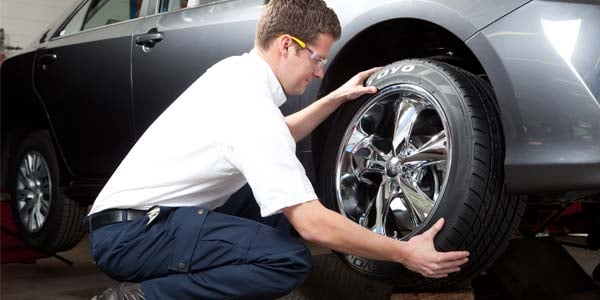 Euro winter tires are designed for operation from plus seven to minus 15 degrees Celsius. Most often they are used on dry asphalt or on wet snow. "Nordic" tires are designed for much lower temperatures: up to 50-60 degrees below zero. There is also a difference in the composition of rubber: tires are harder for mild winters, and softer for severe ones. By the way, you can’t even store European tires at minus 50, let alone drive them.
Euro winter tires are designed for operation from plus seven to minus 15 degrees Celsius. Most often they are used on dry asphalt or on wet snow. "Nordic" tires are designed for much lower temperatures: up to 50-60 degrees below zero. There is also a difference in the composition of rubber: tires are harder for mild winters, and softer for severe ones. By the way, you can’t even store European tires at minus 50, let alone drive them.
December 17, 2017, 08:00
How steel was broken: deadly cars sold in RussiaTop deadly cars sold in Russia
there is no ice on the road. Tests also show that Velcro is much more stable on slush and loses traction at higher speeds than on a car with studded tires. As Michael Zikfeld explains, the lamellas of the "frictions" take the snow into themselves and make it grapple with the snow lying on the road. In addition, these grooves provide better water drainage. Even on a rolled snow surface or ice cover at negative temperatures down to minus 10 degrees Celsius, a water film is formed about a millimeter thick.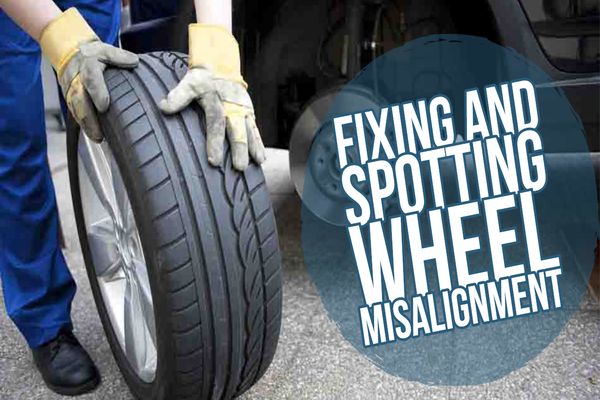 Friction tires in this case drain water and provide a good grip. The liquid film disappears only at very low temperatures (about minus 30 degrees), and then non-studded tires lose their effectiveness.
Friction tires in this case drain water and provide a good grip. The liquid film disappears only at very low temperatures (about minus 30 degrees), and then non-studded tires lose their effectiveness.
Surprisingly, the more cars with studded tires in the city, the safer the operation of cars with non-studded tires. On an icy road, the spikes loosen the surface and thus create more grip for the Velcro. That is why, according to a Continental expert, friction tires can be used even in regions with severe winters. Of course, large cities are not alike, and winter somewhere in Siberia leaves almost no chance for non-studded tires.
One thing not to consider when choosing tires is the type of vehicle drive. “All drives brake equally, and what’s more, all-wheel drive cars weigh a little more than their 2-wheel drive counterparts, so quality tires that provide good deceleration are even more important to them,” says Zikfeld.
Braking is also affected by the width of the tire tread: if it is possible to install larger diameter discs on the car, then there is no doubt that with the same tires, the larger wheels will provide a little better deceleration.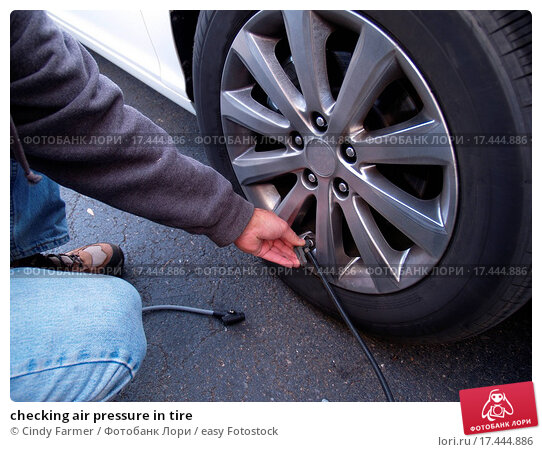
For the studs and tread of any tire to last longer, it is important to break it in. The Continental expert advises the first 500-800 kilometers to drive smoothly at a speed of no more than 100 kilometers per hour. So tires wear out less and last longer. Otherwise, the spikes will take the wrong position (bend at the wrong angle) and fly out faster. The same with the tread - without a break-in, it wears out much faster and the tire life can be reduced by two or more times.
"We monitor the use of tires in taxis - they drive there in a year as much as an ordinary driver in three or four years," says Michael Zickfeld. "So, in some cases, a tire becomes unusable after 25 thousand kilometers, and in others, with the same distance traveled, all the spikes on it are intact.
Pirelli is of the same opinion and adds that the service life also depends on the correct pressure, adjusted camber / toe-in, temperature in which the rubber is used, road surface and off-season storage conditions.
10 December 2017, 08:00
Through the snow and drifts: what new cars will appear in Russia this winter "The loss of 10 percent of the spikes will not affect the behavior of the car," Continental notes. "Claws" usually fall out after 20 thousand kilometers, but if the driver drives the car aggressively, constantly starts with slippage, brakes sharply on dry pavement, this will happen much faster.
In a relaxed driving mode, the studs fall out as the tread wears out, but even after losing half the tire will still be able to provide an acceptable level of braking. Replacement will be required when the tread depth becomes less than four millimeters: the spikes will fall out like scurvy teeth.
For a friction tire, everything is much simpler: you only need to look at the tread depth. Many car manufacturers have indicators: numbers or images of snowflakes are gradually erased, suggesting when it is time to change tires. According to Russian laws, it is forbidden to use winter tires with a tread depth of less than four millimeters.